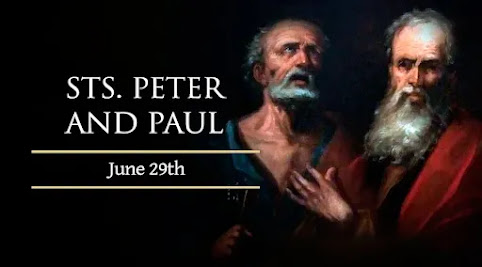THE POWER OF TOUCH
The miracles in today’s Gospel are extraordinary for they demonstrate Jesus’ power over life and death. The woman with the discharge of blood has been suffering from the disease for so many years and no number of physicians or no amount of money could make her better. Instead, they could only make her situation worse. The woman with this condition is as good as dead for life has become miserable for her. Her encounter with Jesus changes her condition. She is a person of deep faith in Jesus and deeply grateful as well. She receives a new lease of life. The little girl, Jairus’ daughter, has actually died and there is no hope for her return. But Jesus raises her back to life thereby demonstrating his power over death too. The greatest miracle is when God raised Jesus back to life never to die again. Eternal life is what we too hope for and God will raise us too. The First Reading tells us that God has not created death, but death entered the world through the evil one. In the Second Reading Paul informs the Corinthians that Jesus Christ, being rich, has made himself poor. The implication is that by being charitable no one is going to become poor.
Liturgical materials for the Thirteenth Sunday in Ordinary Time.








